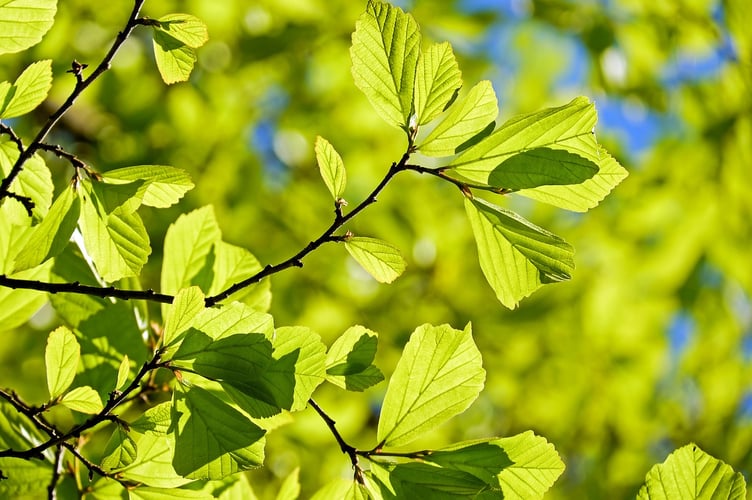Chew Valley Plants Trees discuss the decline of oak trees: We are set to lose around 80 per cent of ash trees in the UK, and this will have a devastating impact on the landscape and the species that rely on the tree. To mitigate some of the damage, you’d need other species of tree not impacted by the disease to replace the role of ash in the ecosystem.
Planting trees for climate change is vital, but how and what we plant can re-establish the biodiversity of UK landscapes.
Our whole society and agricultural system rely on the biodiversity of pollinators, soil organisms, natural predators of crop pests and many more.
Trees provide clean air, offer protection from flooding, and store carbon - vital if we’re to prevent catastrophic climate breakdown. In Great Britain, the value of trees alone for flood protection is estimated to be £6.5 billion.
All native mature trees are valuable but Oak trees alone support 2,300 species – 326 of which are entirely dependent on oak for their survival.
Oak supports 31 different mammals and acorns are one of the main attractions. They’re a favourite food of many woodland creatures including badger, deer, squirrel and wood mouse.
Acorns are also enjoyed by birds like woodpecker, rook and nuthatch The jay is a real acorn enthusiast, burying any it can’t eat to store them for later. It remembers where most of them are, but any left behind have chance to grow into new oak trees.
An enormous 1,178 invertebrate species use oak in total, and 257 of them rely solely on this tree.
This abundance of invertebrates attracts animals from higher up the food chain, including tree pipit and the redstart. Wood warblers (red listed) also favour oak, feeding in the canopy and nesting in the understorey. More familiar birds like blue tit and great tit also visit oak for an insect-based snack.
In total, oak supports 38 species of bird.
As it matures, Oak bark thickens to become textured and rough with lots of creases and grooves, providing niches for wildlife to shelter, feed and breed.
These are ideal for bat roosts. They make great nesting spots for birds too, like pied flycatcher and marsh tit. Behind the loose bark, the treecreeper nests and feeds on bark-dwelling insects.
Do you have a sunny spot where an oak tree might thrive, an investment for future biodiversity?
If not, how about something smaller like a Crab apple? Flowers attract the bees in spring and many birds feed on the fruit. It can support over 90 insect species.
Source: The Woodland Trust





Comments
This article has no comments yet. Be the first to leave a comment.